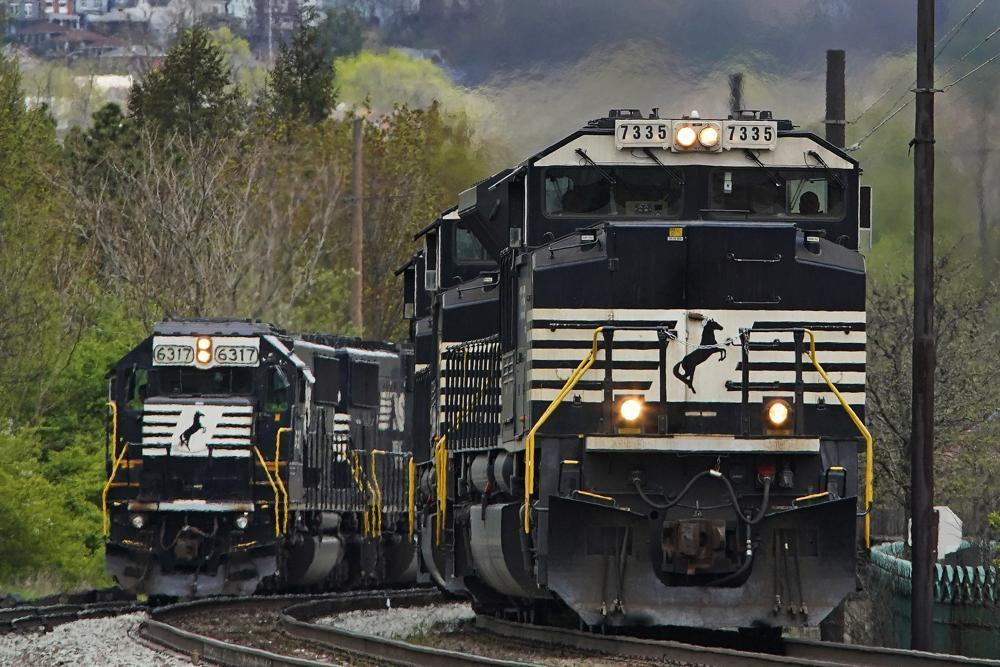
Freight railroads and their unions are facing increasing pressure from business groups and the White House to settle their contract dispute before Sept. 16’s looming strike deadline.
The pressure stems from concerns that halting railroad deliveries of raw materials and finished products that so many companies rely on would be, in the words of the head of the U.S. Chamber of Commerce, an “economic disaster.”
A White House official said President Joe Biden and members of his cabinet were in touch with the unions and railroads on Sept. 12 as part of their efforts to avert a strike.
A Labor Department spokesperson said on Sept. 12 that it’s crucial that the parties remain at the negotiating table and come to an agreement because “a shutdown of our freight rail system is an unacceptable outcome for our economy and the American people.”
Suzanne Clark, the head of the U.S. Chamber of Commerce, said on Sept. 12 that “a national rail strike would be an economic disaster, freezing the flow of goods, emptying shelves, shuttering workplaces and raising prices for families and businesses alike.”
The chamber joined a number of other business groups, including a coalition of 31 agricultural shipping trade groups, in sending letters to Congress urging lawmakers to be prepared to step in and block a strike if the two sides can’t reach an agreement by the end of the week. The chamber said if it comes to that, Congress should impose the terms recommended by a Presidential Emergency Board that Biden appointed this summer.
The coalition negotiating on behalf of the nation’s biggest freight railroads has announced eight of the 13 tentative agreements needed to avert a strike by some 115,000 rail workers.
The deals that have been announced so far have closely followed the Presidential Emergency Board’s recommendations that called for 24 percent raises over five years, $5,000 in bonuses and one additional paid leave day a year. But the two biggest unions representing conductors and engineers have been holding out because they want the railroads to go beyond those recommendations and address some of their concerns about strict attendance policies and working conditions.